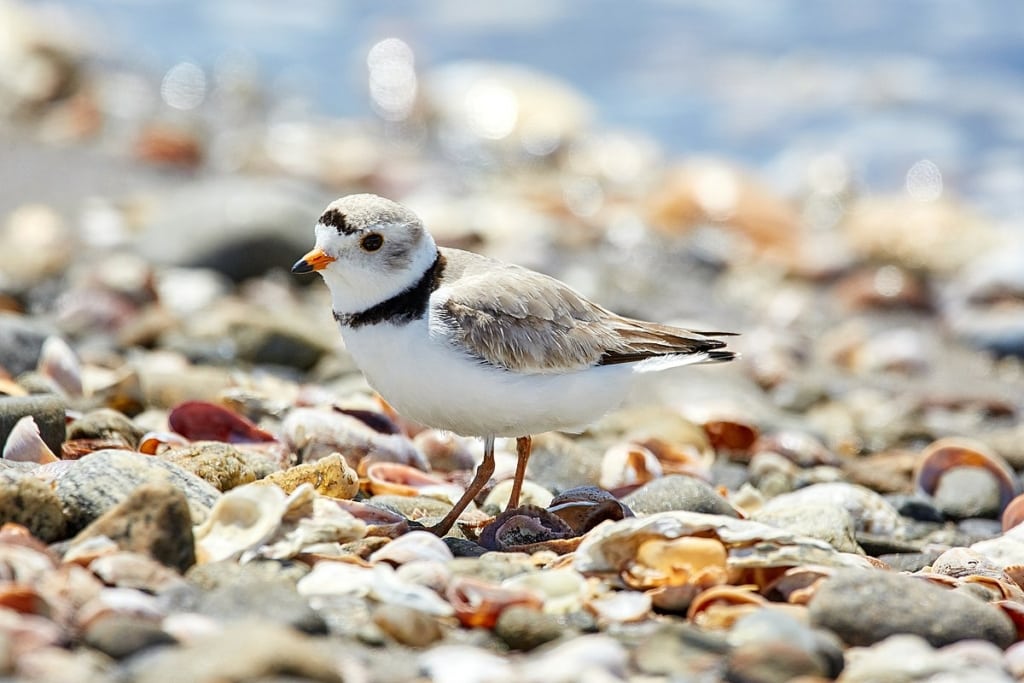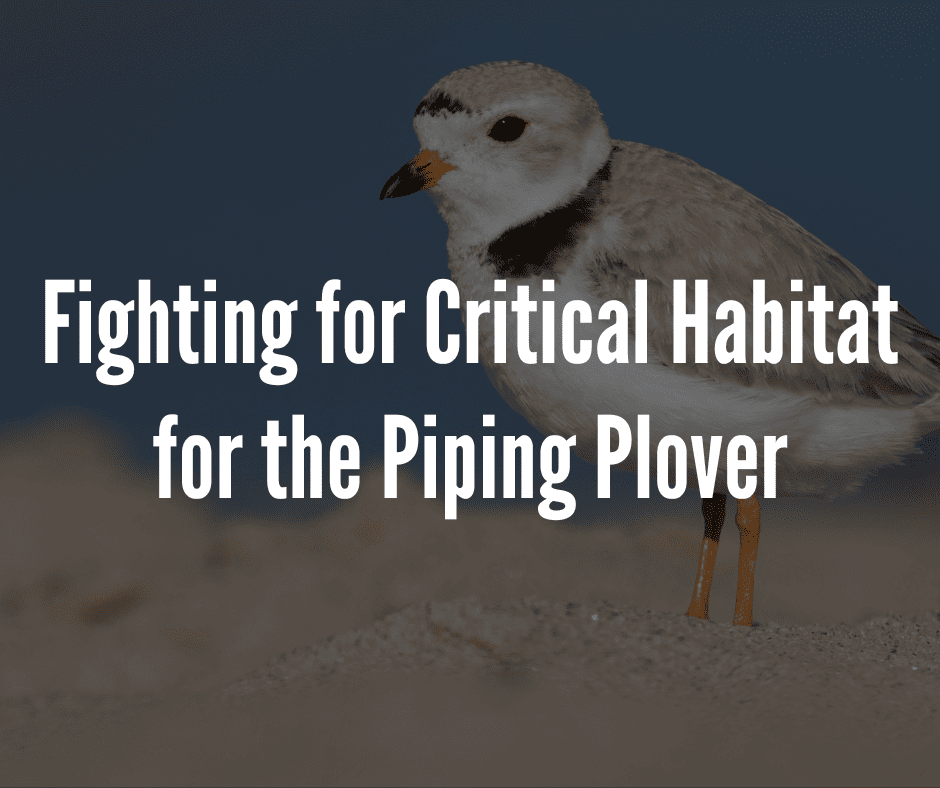“Canada’s Ocean Playground” has a problem. Our coastline is increasingly developed into private vacation homes and tourism attractions, while local access, traditional use, and wildlife habitat are pushed to the side. Nova Scotia has 13,000 km of coastline and sea levels are expected to rise up to one metre over the next 80 years. Over 70% of Nova Scotians live in these quickly changing coastal communities, but we aren’t alone. We share these unforgiving seascapes with an increasingly threatened biodiversity, including species like the quintessential piping plover.
The 2024 State of Canada’s Birds report estimates a national historic loss of 42% of our shorebirds since the 1980s. Residential and commercial development, ATV use, off-leash dogs, high density recreational beach use, climate change-related disturbances, and terrestrial and marine pollution all threaten coastal species and many of these threats are growing in Nova Scotia.
Over a third of the global piping plover population breeds in Canada. There are two subpopulations, one made up by the melodus subspecies on the Atlantic coast and the other by the circumcinctus subspecies in the prairies and great lakes region. The melodus population that resides in Nova Scotia and other Atlantic provinces was placed on SARA’s Schedule 1, the official list of all species at risk in Canada, in 2003, and was listed as Endangered by the Nova Scotia government shortly after. Though plovers in the Maritimes are generally fairing better than their counterparts in central Canada, with 60 breeding observed by Birds Canada’s monitoring program in 2023, there may only be 400 or so plovers, total, in the Atlantic population today.

As part of the Recovery Planning process for species like the piping plover, government must identify an area of Critical Habitat: “habitat that is necessary for the survival or recovery of a listed wildlife species.” Though this identification does not necessarily result in meaningful protection of the described habitat, as the discretion to designate Critical Habitat (or Core Habitat at the provincial level) and do something to protect it lies with the Minister, it does mean that the strategy document must recommend actions related to Critical Habitat protection, and government is responsible for completing these actions.
In the 2022 update to the federal piping plover Recovery Strategy, government adopted a “bounding box” approach to habitat identification, meaning that instead of protecting the whole beach for piping plover habitat, as was the prescription previously, only small areas that meet a certain set of criteria will be recommended for protection.
The original strategy, released in 2012, identified many beaches across Atlantic Canada and Quebec as critical habitat. The new strategy only protects habitats inside the 1×1 km squares used by the bounding box method, and then only under certain biophysical attributes.
Suitable habitat includes:
sand, gravel, and/or cobble areas safe from high tide,
that are sparsely vegetated,
with elements like stones, driftwood, pebbles, or seaweed for shelter and camouflage,
with access to good foraging
Beaches change over time, sometimes dramatically. Plovers like to nest in the disturbed areas where sand and small rocks have accumulated, so when an event like Hurricane Fiona happens and that disturbed areas shifts, the plovers returning next year will move with the beach and nest in areas where there is suitable habitat.
What happens when the biophysical attributes necessary for “suitable habitat” are pushed to a new area of the beach? Or when an inexperienced plover pair decides they’re going to nest in the less desirable gravel? How will the definition of Critical Habitat be interpreted then, when last year’s delineation is made out-of-date? Or, what happens when a new beach resort is proposed for the area just next to this year’s suitable habitat? It may not be Critical Habitat now, but could be next year.
Are these habitats not important enough to protect from development and other stressors right now?
We aren’t the first to have concerns about the use of the bounding box approach to Critical Habitat identification. The bounding box method seems to have come from the marine and aquatic worlds, where it’s been used to describe habitat for species that, like the plover, may change how they make use of a broader area over time. In Alberta, criticism of the bounding box approach for several species of native trout has suggested that the method puts responsibility on the developer or local government to identify cryptic Critical Habitat. This, combined with lacking enforcement, makes the habitat less likely to actually be protected.
So, Nova Scotia's naturalists are going back to court...
We argue that this new approach makes enforcement, and consequently protection, of beach habitats more difficult and leaves unprotected areas of sandy beaches open for development and construction.
The change in the federal strategy holds concerning consequences for provincial protections too. Nova Scotia adopts Critical Habitat as outlined in in the federal strategy, in lieu of identifying our own Core Habitat. In a province where the coast already faces such high development pressure and our government has a reputation for secret public land sales, weakened federal protections for the piping plover puts the entire Atlantic population at risk.

